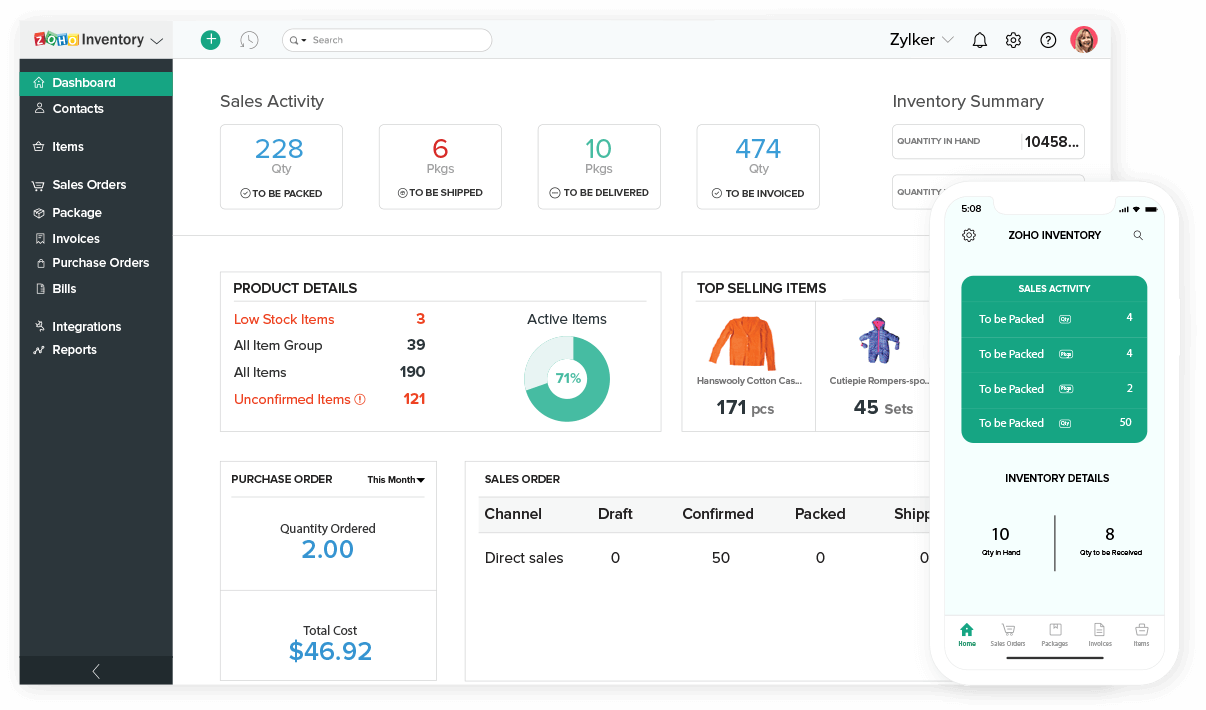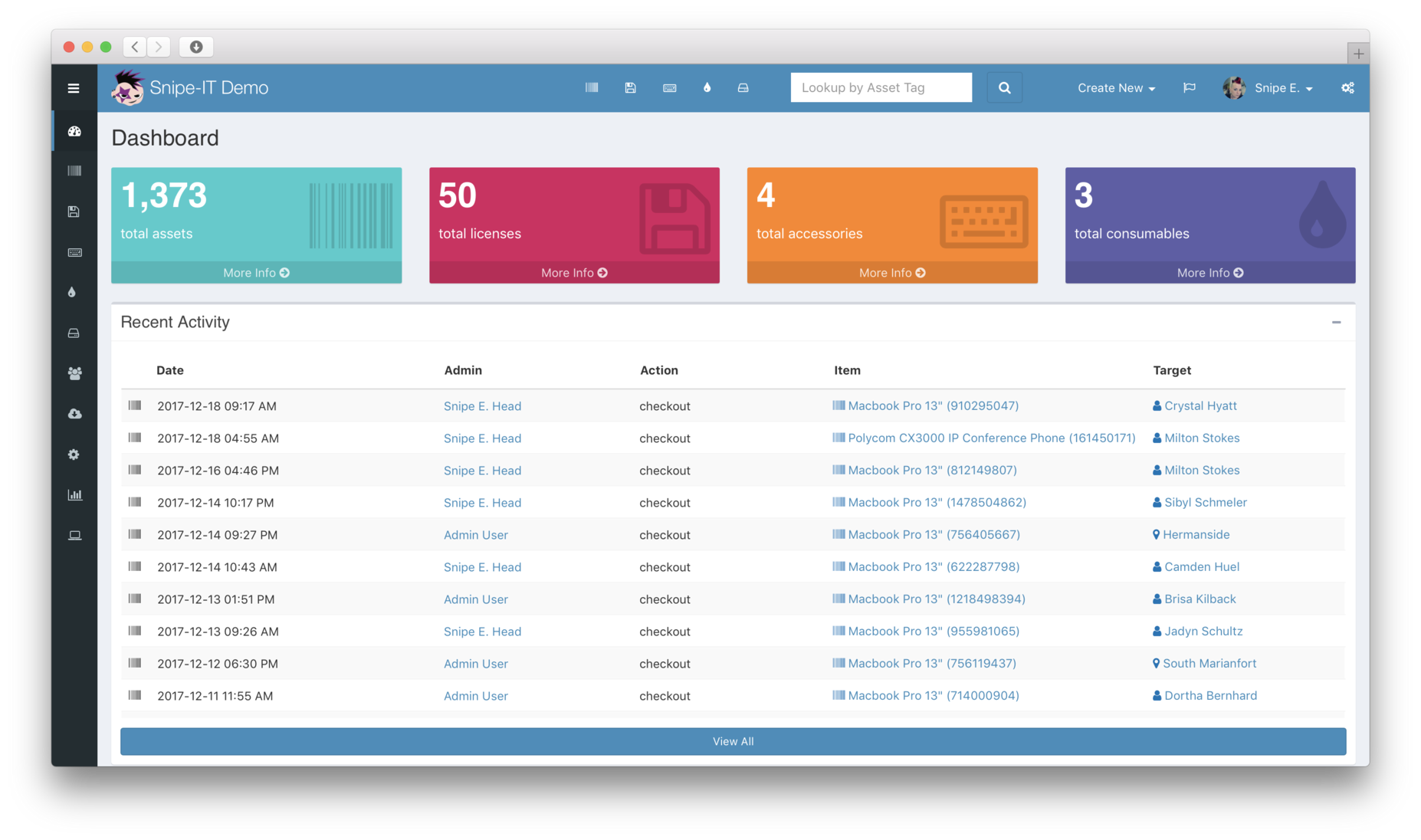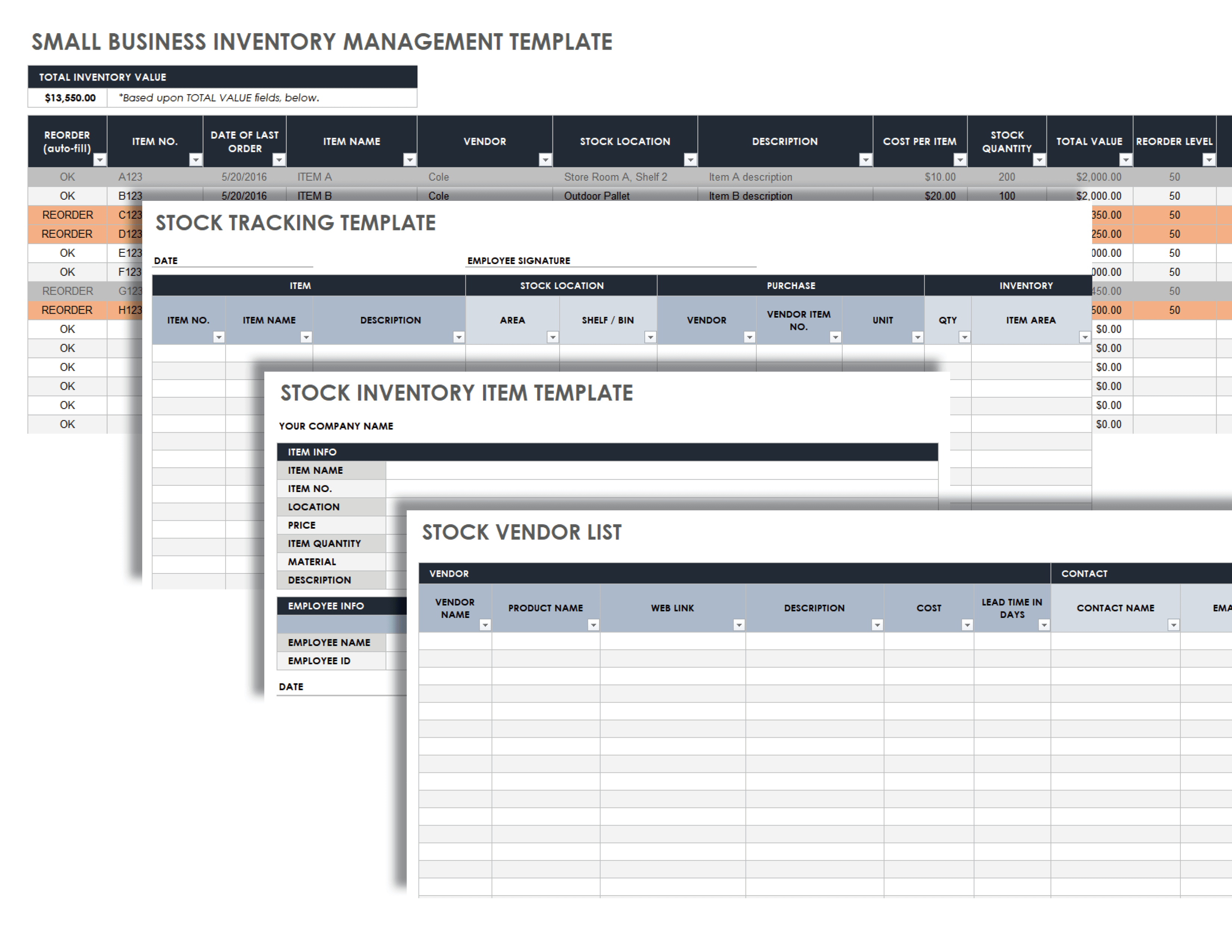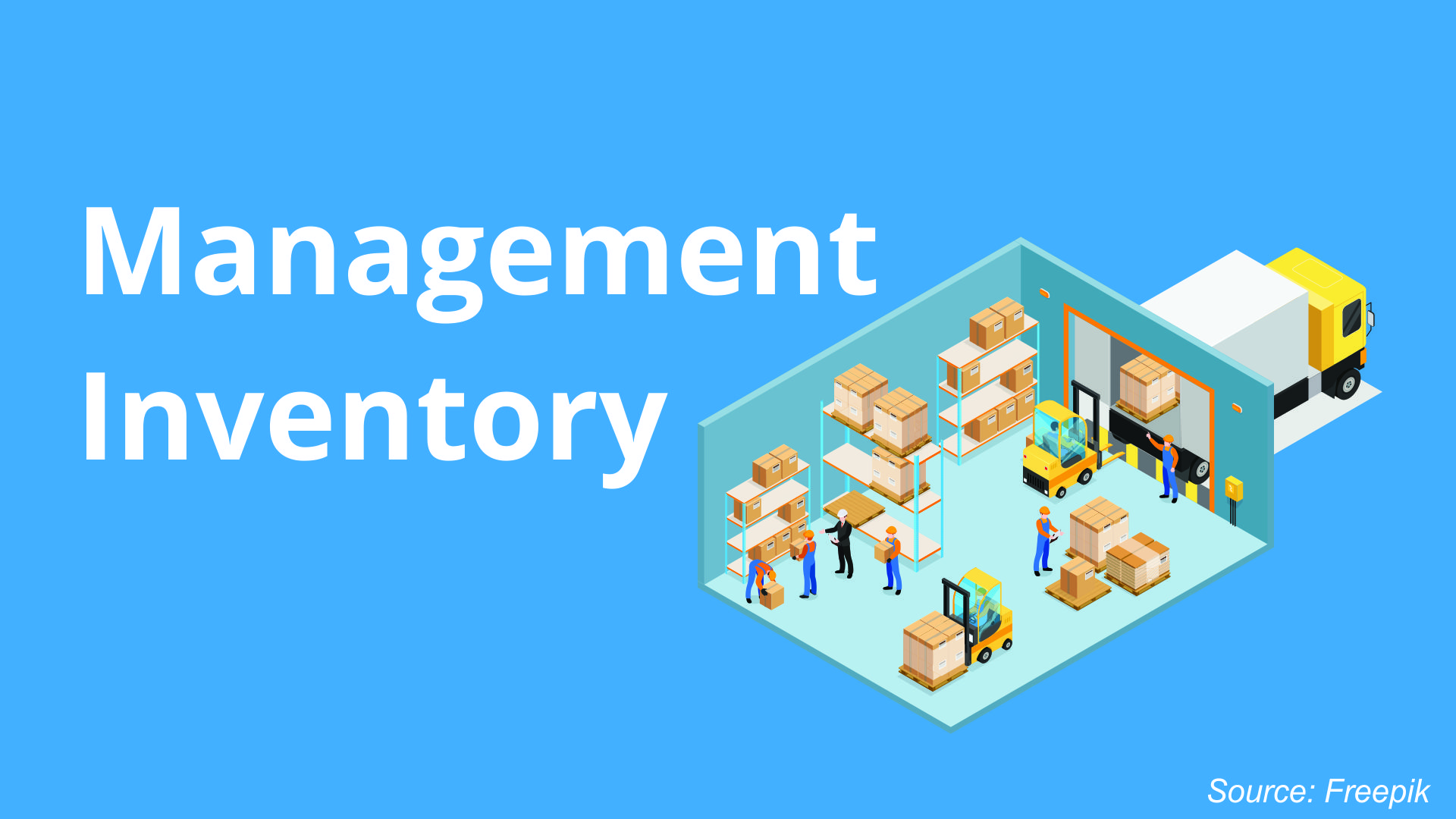Welcome to the comprehensive guide to business inventory management version. In this guide, we’ll dive into the world of inventory management, exploring its essential components, best practices, and emerging trends. Whether you’re a seasoned inventory manager or just starting out, this guide will provide you with valuable insights and actionable strategies to optimize your inventory and drive business success.
Inventory management is a critical aspect of any business, regardless of its size or industry. Effective inventory management ensures that you have the right products, in the right quantities, at the right time, and at the right cost. By optimizing your inventory, you can reduce waste, improve customer satisfaction, and increase profitability.
Business Inventory Management Systems
Inventory management systems are essential tools for businesses of all sizes, helping them to track and manage their inventory levels, optimize stock levels, and improve overall efficiency. These systems provide real-time visibility into inventory levels, allowing businesses to make informed decisions about purchasing, production, and distribution.Inventory management systems come in a variety of types, each with its own advantages and disadvantages.
Some of the most common types of inventory management systems include:
- Periodic inventory systems: These systems track inventory levels on a periodic basis, such as monthly or quarterly. They are typically used by small businesses with relatively low inventory levels.
- Perpetual inventory systems: These systems track inventory levels in real time, providing businesses with up-to-date information on the quantity and location of their inventory. They are typically used by larger businesses with high inventory levels.
- Just-in-time (JIT) inventory systems: These systems aim to minimize inventory levels by only ordering inventory when it is needed. They are typically used by businesses that have a high turnover rate of inventory.
In addition to the different types of inventory management systems, there are also a number of different software solutions available to help businesses manage their inventory. Some of the most popular business inventory management software solutions include:
- SAP Business One: This is a comprehensive ERP system that includes inventory management capabilities.
- NetSuite: This is a cloud-based ERP system that includes inventory management capabilities.
- QuickBooks Online: This is a cloud-based accounting software that includes inventory management capabilities.
The choice of which inventory management system is right for a particular business will depend on a number of factors, such as the size of the business, the type of inventory, and the budget. However, all businesses can benefit from implementing an inventory management system to improve their efficiency and profitability.
Inventory Management Processes

Effective inventory management involves a systematic approach to planning, forecasting, and replenishing inventory to meet demand while minimizing costs and maximizing efficiency.
Inventory valuation and cost accounting methods play a crucial role in determining the value of inventory and its impact on financial statements.
Inventory optimization aims to find the balance between holding too much or too little inventory, ensuring optimal stock levels and reducing waste.
Inventory Management Steps
The key steps in inventory management include:
- Planning:Establishing inventory levels, safety stock, and reorder points.
- Forecasting:Predicting future demand based on historical data, market trends, and other factors.
- Replenishment:Determining when and how much inventory to order to maintain desired stock levels.
Inventory Valuation and Cost Accounting
Inventory valuation methods determine the value of inventory for financial reporting purposes:
- First-in, First-out (FIFO):Assumes that the oldest inventory is sold first.
- Last-in, First-out (LIFO):Assumes that the newest inventory is sold first.
- Weighted Average Cost:Calculates the average cost of inventory based on the weighted average of all purchases.
Cost accounting methods track the costs associated with inventory, including:
- Standard Costing:Uses predetermined standard costs for inventory.
- Actual Costing:Uses actual costs incurred for inventory.
Inventory Optimization
Inventory optimization strategies aim to reduce inventory costs while maintaining desired service levels:
- Just-in-Time (JIT) Inventory:Minimizes inventory levels by receiving and using inventory as needed.
- Economic Order Quantity (EOQ):Calculates the optimal quantity to order at a time to minimize total inventory costs.
- Safety Stock:Maintains a buffer stock to protect against unexpected demand fluctuations.
Inventory Control Techniques

Inventory control techniques are essential for effective inventory management. These techniques help businesses optimize their inventory levels, reduce costs, and improve customer service. There are various inventory control techniques, each with its own advantages and limitations.
ABC Analysis
ABC analysis is a technique used to classify inventory items into three categories based on their annual usage value. Items in category A are the most valuable and represent a high percentage of total inventory value. Items in category B are moderately valuable and represent a moderate percentage of total inventory value.
Items in category C are the least valuable and represent a low percentage of total inventory value.The advantages of ABC analysis include:
Improved inventory management
By classifying items into different categories, businesses can focus their efforts on managing the most valuable items.
Reduced inventory costs
By identifying slow-moving items, businesses can reduce their inventory levels and associated costs.
Improved customer service
By focusing on managing high-value items, businesses can ensure that they have the right products in stock to meet customer demand.The limitations of ABC analysis include:
Complexity
ABC analysis can be complex and time-consuming to implement.
Inaccuracy
ABC analysis is based on historical data, which may not always be accurate or reliable.
Limited visibility
ABC analysis only provides a snapshot of inventory levels at a given point in time.
FIFO (First-In, First-Out)
FIFO is an inventory control technique that assumes that the first items purchased are the first items sold. This means that the oldest inventory is always sold first.The advantages of FIFO include:
Accurate inventory valuation
FIFO provides an accurate representation of the cost of goods sold, as it assumes that the oldest inventory is sold first.
Reduced inventory shrinkage
FIFO helps reduce inventory shrinkage, as older items are sold first and are less likely to become obsolete or damaged.
Improved cash flow
FIFO can help improve cash flow by reducing the amount of money tied up in inventory.The limitations of FIFO include:
Overvaluation of inventory
FIFO can overvalue inventory during periods of inflation, as the oldest inventory is sold first and may have been purchased at a lower cost.
Understatement of cost of goods sold
FIFO can underestimate the cost of goods sold during periods of deflation, as the oldest inventory is sold first and may have been purchased at a higher cost.
Complexity
FIFO can be complex and time-consuming to implement, especially for businesses with a large number of inventory items.
LIFO (Last-In, First-Out)
LIFO is an inventory control technique that assumes that the last items purchased are the first items sold. This means that the newest inventory is always sold first.The advantages of LIFO include:
Reduced taxes
LIFO can reduce taxes during periods of inflation, as the cost of goods sold is based on the most recent purchases, which are typically at a higher cost.
Improved cash flow
LIFO can help improve cash flow by reducing the amount of money tied up in inventory.
Simplicity
LIFO is relatively simple and easy to implement, especially for businesses with a small number of inventory items.The limitations of LIFO include:
Inaccurate inventory valuation
LIFO can provide an inaccurate representation of the cost of goods sold, as it assumes that the newest inventory is sold first.
Increased inventory shrinkage
LIFO can increase inventory shrinkage, as older items are kept in stock for longer periods and are more likely to become obsolete or damaged.
Overstatement of cost of goods sold
LIFO can overstate the cost of goods sold during periods of deflation, as the newest inventory is sold first and may have been purchased at a higher cost.
Inventory Management Metrics
Inventory management metrics are essential for businesses to measure the efficiency and effectiveness of their inventory management practices. These metrics provide insights into inventory performance, helping businesses identify areas for improvement and make informed decisions.
Inventory Turnover Ratio
The inventory turnover ratio measures how quickly a business sells its inventory. It is calculated by dividing the cost of goods sold by the average inventory value. A higher inventory turnover ratio indicates that the business is selling its inventory quickly, while a lower ratio indicates that the business is holding onto inventory for too long.
Days of Inventory on Hand
Days of inventory on hand (DIOH) measures the number of days it takes a business to sell its entire inventory. It is calculated by dividing the average inventory value by the daily cost of goods sold. A higher DIOH indicates that the business is holding onto inventory for too long, while a lower DIOH indicates that the business is turning over its inventory quickly.
Inventory Accuracy
Inventory accuracy measures the difference between the physical inventory and the records. It is calculated by comparing the actual inventory count to the recorded inventory balance. A high inventory accuracy indicates that the business has a good handle on its inventory, while a low inventory accuracy indicates that the business is struggling to track its inventory.
Using Inventory Management Metrics to Identify Areas for Improvement
Inventory management metrics can be used to identify areas for improvement in several ways. For example, a business with a low inventory turnover ratio may need to improve its sales efforts or reduce its inventory levels. A business with a high DIOH may need to reduce its inventory levels or improve its inventory management practices.
A business with a low inventory accuracy may need to improve its inventory tracking methods.
Setting and Monitoring Inventory Management Targets, Business inventory management version
Once a business has identified areas for improvement, it can set inventory management targets. These targets should be specific, measurable, achievable, relevant, and time-bound. For example, a business may set a target to increase its inventory turnover ratio by 10% or to reduce its DIOH by 15%.
Businesses should regularly monitor their inventory management metrics to ensure that they are meeting their targets.
Inventory Management Challenges: Business Inventory Management Version

Inventory management poses various challenges that businesses must navigate to ensure efficient operations. These challenges include demand variability, stockouts, and overstocking, each with its unique causes and consequences.
Demand variability refers to the unpredictable fluctuations in customer demand. Factors such as seasonality, economic conditions, and competitive dynamics can lead to demand variations, making it difficult to maintain optimal inventory levels. Inaccurate demand forecasting can result in stockouts, lost sales, and customer dissatisfaction.
Stockouts
- Causes:Inaccurate demand forecasting, supply chain disruptions, poor inventory planning
- Consequences:Lost sales, customer dissatisfaction, damage to brand reputation, potential loss of market share
Overstocking occurs when businesses maintain inventory levels that exceed actual demand. This can lead to increased carrying costs, such as storage fees, insurance, and handling expenses. Additionally, overstocking can result in product obsolescence, reduced inventory turnover, and difficulty in identifying and managing slow-moving items.
Overstocking
- Causes:Inaccurate demand forecasting, safety stock miscalculations, excessive purchasing
- Consequences:Increased carrying costs, reduced inventory turnover, product obsolescence, potential write-offs
To mitigate these challenges, businesses can employ strategies such as:
- Improving demand forecasting accuracy using data analysis and statistical techniques
- Implementing safety stock management techniques to buffer against demand variability
- Optimizing inventory levels through techniques like just-in-time (JIT) inventory management
- Regularly reviewing and adjusting inventory policies to align with changing market conditions
- Implementing inventory tracking systems to monitor stock levels and identify potential issues
Inventory Management Trends

The business landscape is constantly evolving, and inventory management is no exception. Emerging trends are shaping the way businesses manage their inventory, from the use of artificial intelligence (AI) and machine learning (ML) to the adoption of cloud-based systems.
These trends have the potential to revolutionize inventory management, providing businesses with new tools and technologies to improve efficiency, reduce costs, and gain a competitive edge.
AI and ML in Inventory Management
AI and ML are rapidly transforming the way businesses operate, and inventory management is no exception. These technologies can be used to automate tasks, improve forecasting, and optimize inventory levels.
- Automated tasks:AI and ML can be used to automate repetitive and time-consuming tasks, such as data entry, order processing, and inventory tracking. This frees up employees to focus on more strategic tasks.
- Improved forecasting:AI and ML can be used to analyze historical data and identify patterns in demand. This information can be used to create more accurate forecasts, which can help businesses avoid overstocking or understocking.
- Optimized inventory levels:AI and ML can be used to optimize inventory levels based on demand forecasts and other factors. This can help businesses reduce carrying costs and improve cash flow.
Cloud-Based Inventory Management Systems
Cloud-based inventory management systems are becoming increasingly popular, as they offer a number of advantages over traditional on-premise systems.
- Accessibility:Cloud-based systems can be accessed from anywhere with an internet connection, making it easy for businesses to manage their inventory remotely.
- Scalability:Cloud-based systems can be easily scaled up or down to meet the changing needs of a business.
- Cost-effective:Cloud-based systems are often more cost-effective than on-premise systems, as they eliminate the need for hardware and software maintenance.
Examples of Businesses Leveraging Inventory Management Trends
A number of businesses are already leveraging inventory management trends to improve their operations.
- Amazon:Amazon uses AI and ML to automate its inventory management processes. This has helped the company to reduce its carrying costs and improve its cash flow.
- Walmart:Walmart uses a cloud-based inventory management system to track its inventory across its vast network of stores. This system has helped Walmart to improve its inventory accuracy and reduce its out-of-stocks.
- Nike:Nike uses AI and ML to forecast demand for its products. This information is used to optimize Nike’s inventory levels and ensure that the company has the right products in the right stores at the right time.
Closing Summary

In this guide, we’ve covered the fundamentals of business inventory management, from planning and forecasting to control techniques and performance metrics. We’ve also explored the challenges and trends shaping the future of inventory management. By implementing the strategies Artikeld in this guide, you can transform your inventory management practices, drive efficiency, and achieve operational excellence.
Remember, inventory management is an ongoing process that requires continuous improvement. By staying informed about the latest trends and best practices, you can ensure that your business is well-positioned to meet the demands of the ever-changing marketplace.
FAQ Explained
What is business inventory management?
Business inventory management is the process of planning, organizing, and controlling the flow of goods and materials within a business. It involves activities such as forecasting demand, managing stock levels, and optimizing inventory costs.
What are the benefits of effective inventory management?
Effective inventory management can lead to reduced waste, improved customer satisfaction, increased profitability, and better operational efficiency.
What are the common challenges in business inventory management?
Common challenges in business inventory management include demand variability, stockouts, overstocking, and managing obsolete inventory.
What are the emerging trends in business inventory management?
Emerging trends in business inventory management include the use of artificial intelligence, machine learning, and cloud-based systems.